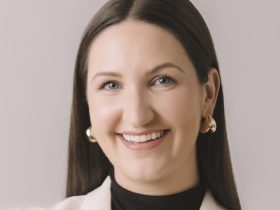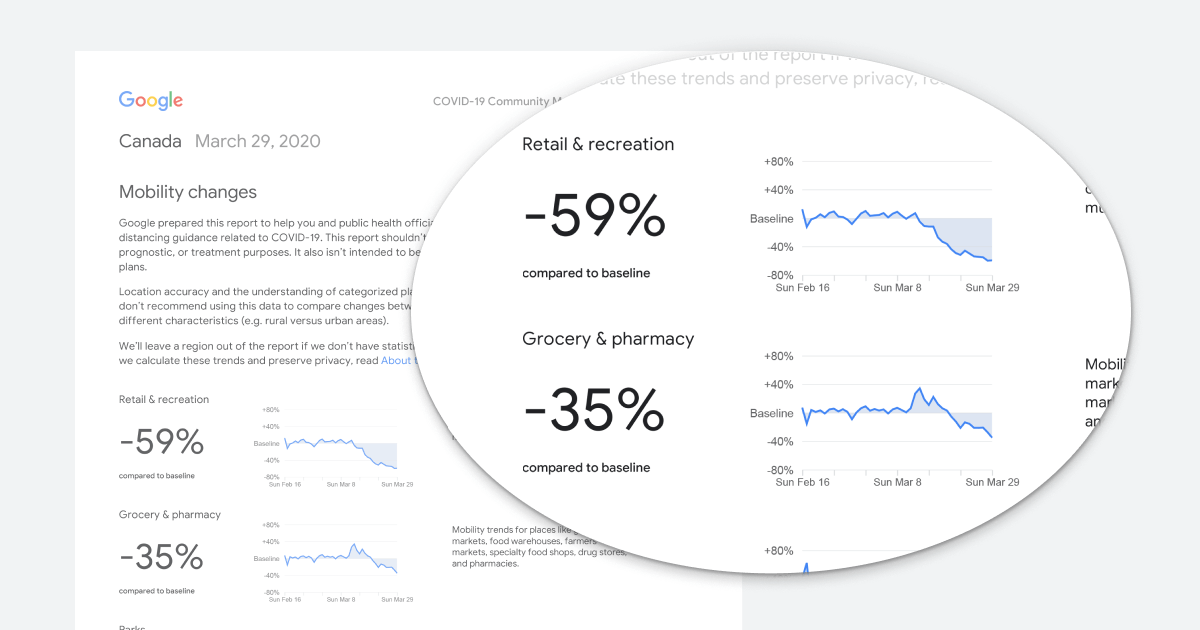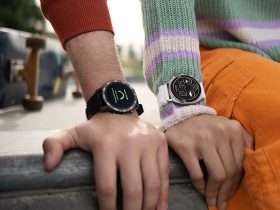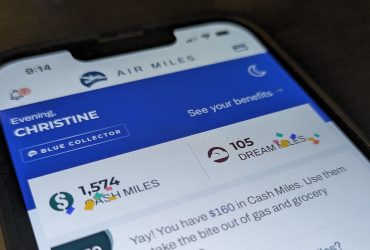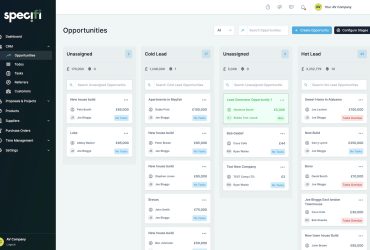Google is using the location data it collects about people to help public health officials better measure how global communities are responding to the COVID-19 coronavirus pandemic, including social distancing measures.
The aggregated, anonymized data used for Google Maps shows how busy certain types of places are, allowing public health officials to identify when a local business is the most crowded. Today, it can be used to determine how travel patterns are changing, such as how many people are staying at home, going to work, going grocery shopping, visiting local parks, and so on. This information, writes Jen Fitzpatrick, Senior Vice President, Geo & Karen DeSalvo, MD, M.P.H, Chief Health Officer, Google Health in a prepared announcement, can help public health officials make critical decisions to combat COVID-19.
Google published an early release COVID-19 Community Mobility Report that provides insights on what has changed in response to work from home, shelter in place, and other policies aimed at flattening the curve of this pandemic. The reports have been developed to be helpful while also adhering to stringent privacy protocols and policies, says Google. You can view the reports for 131 countries online, https://www.google.com/covid19/mobility/ then broken down by province, state, or region where available. Google will be looking to add more countries and regions over the coming weeks.
The reports use aggregated, anonymized data to chart movement trends over time by geography, across different high-level categories of places such as retail and recreation, groceries and pharmacies, parks, transit stations, workplaces, and residential. You can view trends over several weeks, with the most recent information representing 48-to-72 hours prior. Data is displayed as a percentage point increase or decrease in visits – Google does not share the absolute number of visits. To protect people’s privacy, no personally identifiable information, like an individual’s location, contacts or movement, is made available at any point.
Google says the information could help officials shape recommendations of business hours or inform delivery service offerings. Regular visits to transportation hubs, meanwhile, might suggest the need for additional buses or trains so people who travel can spread out more to adhere to social distancing rules.
“Ultimately, understanding not only whether people are traveling, but also trends in destinations, can help officials design guidance to protect public health and essential needs of communities,” writes Fitzpatrick and DeSalvo.
In addition to the Community Mobility Reports, Google is collaborating with select epidemiologists working on COVID-19 with updates to an existing aggregate, anonymized dataset that can be used to better understand and forecast the pandemic. Data of this type has helped researchers look into predicting epidemics, plan urban and transit infrastructure, and understand people’s mobility and responses to conflict and natural disasters.
The Community Mobility Reports are powered by the same anonymization technology Google uses in its products. For these reports, the company is also using differential privacy, which adds artificial noise to datasets, enabling high quality results without identifying any individual person.
The insights are created with aggregated, anonymized sets of data from users who have turned on the Location History setting, which is off by default. Users who have Location History turned on can choose to turn the setting off at any time from their Google Account, and can always delete Location History data directly from their Timeline.
“These are unprecedented times,” continues the pair, “and we will continue to evaluate these reports as we get feedback from public health officials, civil society groups, local governments and the community at large. We hope these insights will add to other public health information that will help people and communities stay healthy and safe.”



